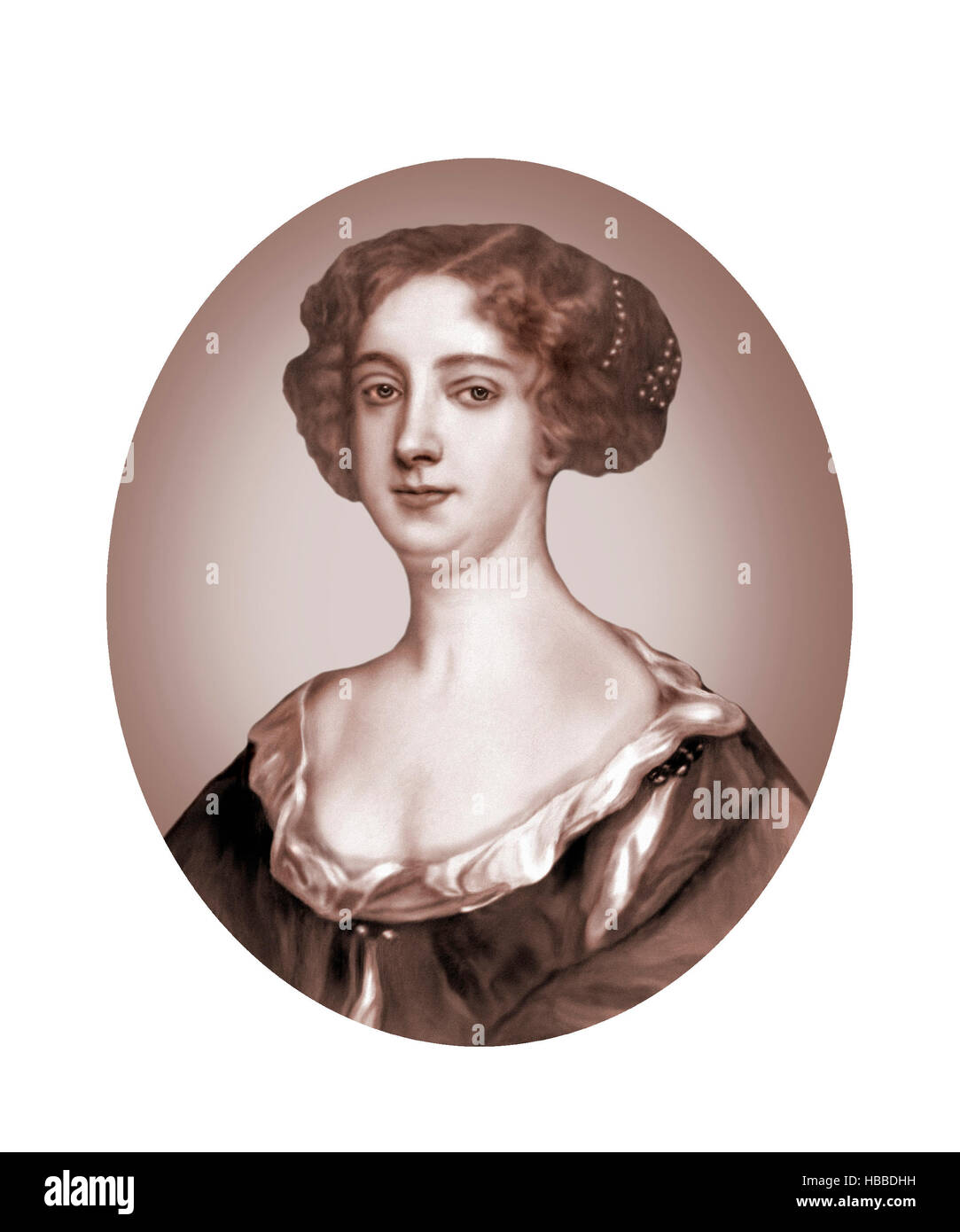
In that same year, 1720, the first German translation was also published.įirst French translation of Robinson Crusoe, published by L’Honore & Chatelain, in Amsterdam 1720. Indeed, it appeared in Amsterdam in a French translation as early as 1720, which contained several illustrations as well as a frontispiece. Robinson Crusoe‘s influence is underscored by the fact that it has never been out of print during the last 300 years, and that it has been translated into hundreds of languages. What most critics would agree is that Robinson Crusoe was the first great novel in English. Some people claim that Robinson Crusoe was the first novel written in English others would claim that Aphra Behn’s novella Oroonoko (1688) better deserves that accolade. Some reprinted editions appeared which contained all three books, but eventually only the original volume, with sometimes elements of The Farther Adventures were frequently republished under the title Robinson Crusoe. A rather less successful sequel, The Farther Adventures of Robinson Crusoe was published in August 1719, which was followed in 1720 by a final sequel Serious Reflections during the Life and Strange Surprizing Adventures of Robinson Crusoe: With his Vision of the Angelik World, which was, perhaps unsurprisingly, even less successful that The Farther Adventures. The book was instantly a popular success and sold out four editions before the end of 1719. It was advertised on the title page as “ Written by Himself“, no doubt to give the impression that it was a true story, but as we all now know, it was written by a London-based puritan non-conformist writer, journalist, merchant and adventurer, Daniel Defoe (c1660 – 1731). Taylor at the Sign of the Ship in Paternoster Row, London on 25th April 1719. The Life and Strange Surprizing Adventures of Robinson Crusoe of York, Mariner, to give a shorter form of its very long title was published by W.

Frontispiece and title page of the first edition of Robinson Crusoe (1719) The First Edition


 0 kommentar(er)
0 kommentar(er)
